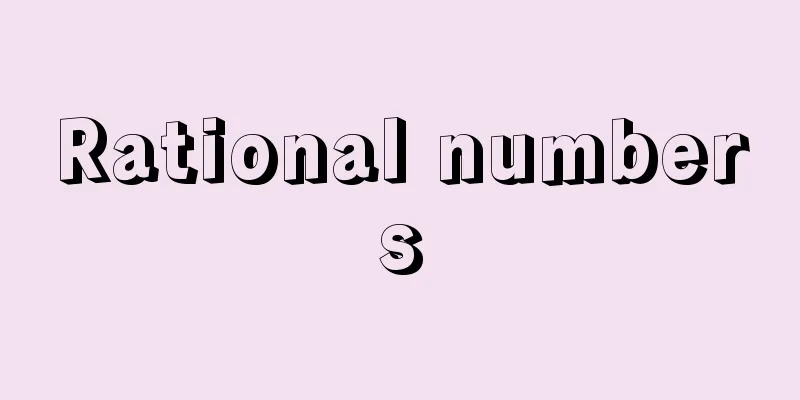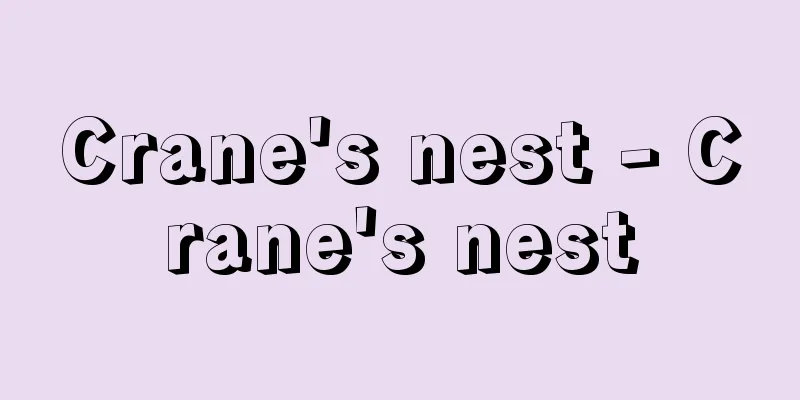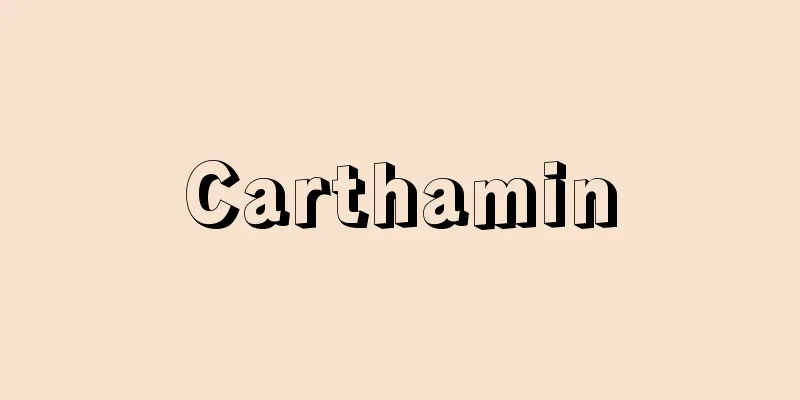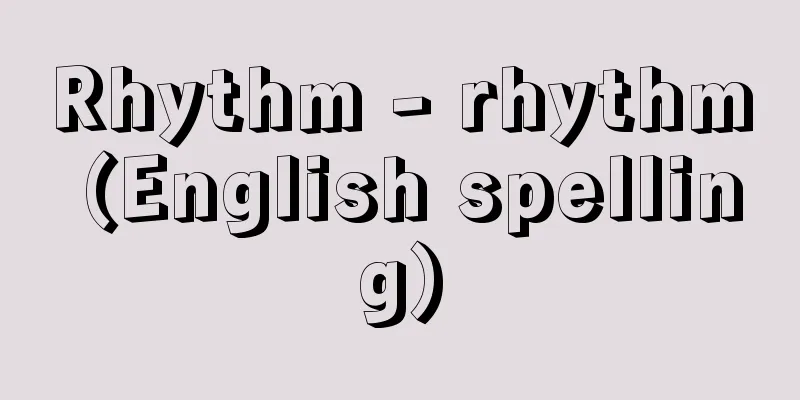Rational numbers

|
Any number that is a combination of integers and fractions is called a rational number. A rational number is a number that can be expressed as a quotient of integers, that is, a number that can be written in the form n/m, where m is a nonzero integer and n is an integer. Rational numbers include positive and negative integers, fractions, and zero. A rational number can be expressed in various ways. n/m, n'/m' (m, n, m', n' are integers, and m and m' are not 0) represent the same rational number when nm' = n'm. The sum, difference, and product of two rational numbers are rational numbers, and the quotient of a rational number divided by a non-zero rational number is also a rational number. However, the square root of a positive rational number is not necessarily a rational number (example). A real number that is not rational is an irrational number. The relationship between these numbers is as follows:
Rational numbers can be arranged on a line in order of magnitude. This is the number line. When you take two rational numbers on a number line, there is at least one (and therefore an infinite number) rational number between them. This is called the density of rational numbers. [Tatsuro Miwa] [Reference] | |©Shogakukan "> Number line Source: Shogakukan Encyclopedia Nipponica About Encyclopedia Nipponica Information | Legend |
|
整数と分数をあわせた数のすべてを有理数という。有理数は、整数の商で表される数、すなわち、mを0でない整数、nを整数としてn/mの形に書かれる数である。 有理数には、正・負の整数、分数と0が含まれる。 一つの有理数はいろいろな形に表すことができる。n/m,n′/m′(m、n、m′、n′は整数、m、m′は0でない)が同じ有理数を表すのは、nm′=n′mのときである。 二つの有理数の和・差・積は有理数であり、有理数を0でない有理数で割った商も有理数である。しかし、正の有理数の平方根は、有理数とは限らない(例 )。有理数でない実数が無理数である。これらの関係は次のようになる。
有理数は、大小の順序に従って直線上に並べることができる。これが数直線である。数直線上で、二つの有理数をとると、その間には、少なくとも一つの(したがって無数の)有理数がある。これを有理数の稠密(ちゅうみつ)性という。 [三輪辰郎] [参照項目] | |©Shogakukan"> 数直線 出典 小学館 日本大百科全書(ニッポニカ)日本大百科全書(ニッポニカ)について 情報 | 凡例 |
Recommend
Rákóczi F. (English spelling)
…An anti-Habsburg war of independence that broke ...
Ceboidea
…the name is a general term for the New World mon...
Okapi - Okapi (English spelling)
An animal of the order Artiodactyla, class Mammal...
Substratum - Kiryuutai
...Microtubule structures are thus related to cel...
Aketoaten - Aketoaten
…The site of the capital of the 18th Dynasty refo...
Muret
…He took many castles in the vicinity of his poss...
Nikko Mountain Engi
One of the sacred mountain legends. A legend of Ni...
Voulet, P.
...The Mossi dynasty branched out into three majo...
Rhizomys sumatrensis (English spelling) Rhizomyssumatrensis
… [form] Most of them are small, with a body leng...
Ai Siki - Gaishiki
Chinese philosopher and Marxist theorist. His rea...
Nakamikado family
A nobleman of the Kanjuji line of the Northern br...
Perilla oil - Enoabura (English spelling)
A pale yellow oil obtained from perilla seeds. It ...
"The Diary of Prince Asahiko"
…In the same year, he became the chief priest of ...
Bergmann's rule
...This phenomenon is called Gloger's rule. S...
Guanche
...The language of the Tuareg people (called Tama...









